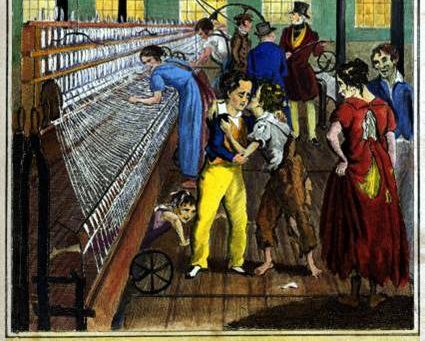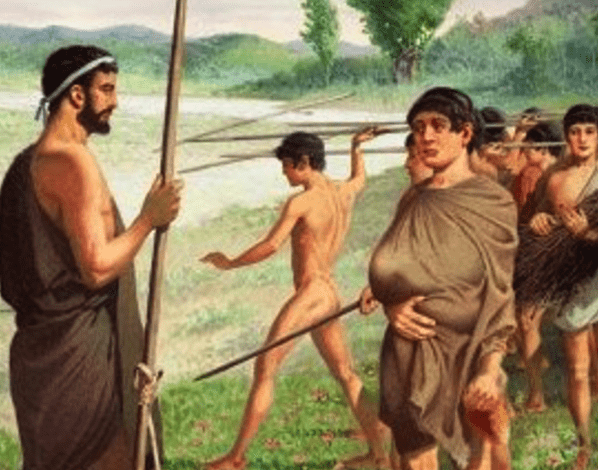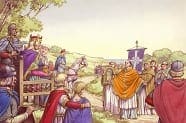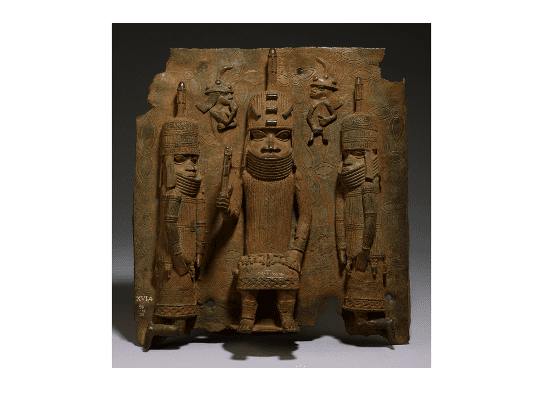
We often talk to children about the benefits that brought so many people into industrial towns in the first half of the nineteenth century. But we probably need to stress more, as a recent study has shown, that the rural peasants often had a better diet than their industrial town neighbours. Partly this was due to being paid in kind rather than wages. Many would have kept a cow, grown potatoes and had better access to milk than those in cities. At Sandhurst recruits tended to be taller the further they lived from big industrial centres.
As the outstanding lesson on the site about Wilf moving his family from country to town reminds us, though, TB was twice as prevalent in these cities.
But that is not the total picture, of course. Hardy graphically describes a sheep-tending child who died of want having the contents of his stomach examined to reveal a diet of nothing more than turnips!
As always, when making generalisations about Victorian Britain we need to be mindful that it was a very long reign which saw massive change decade on decade. Much of the poverty that Dickens described certainly diminished after 1860 as people grew wealthier and there was more availability of food.








